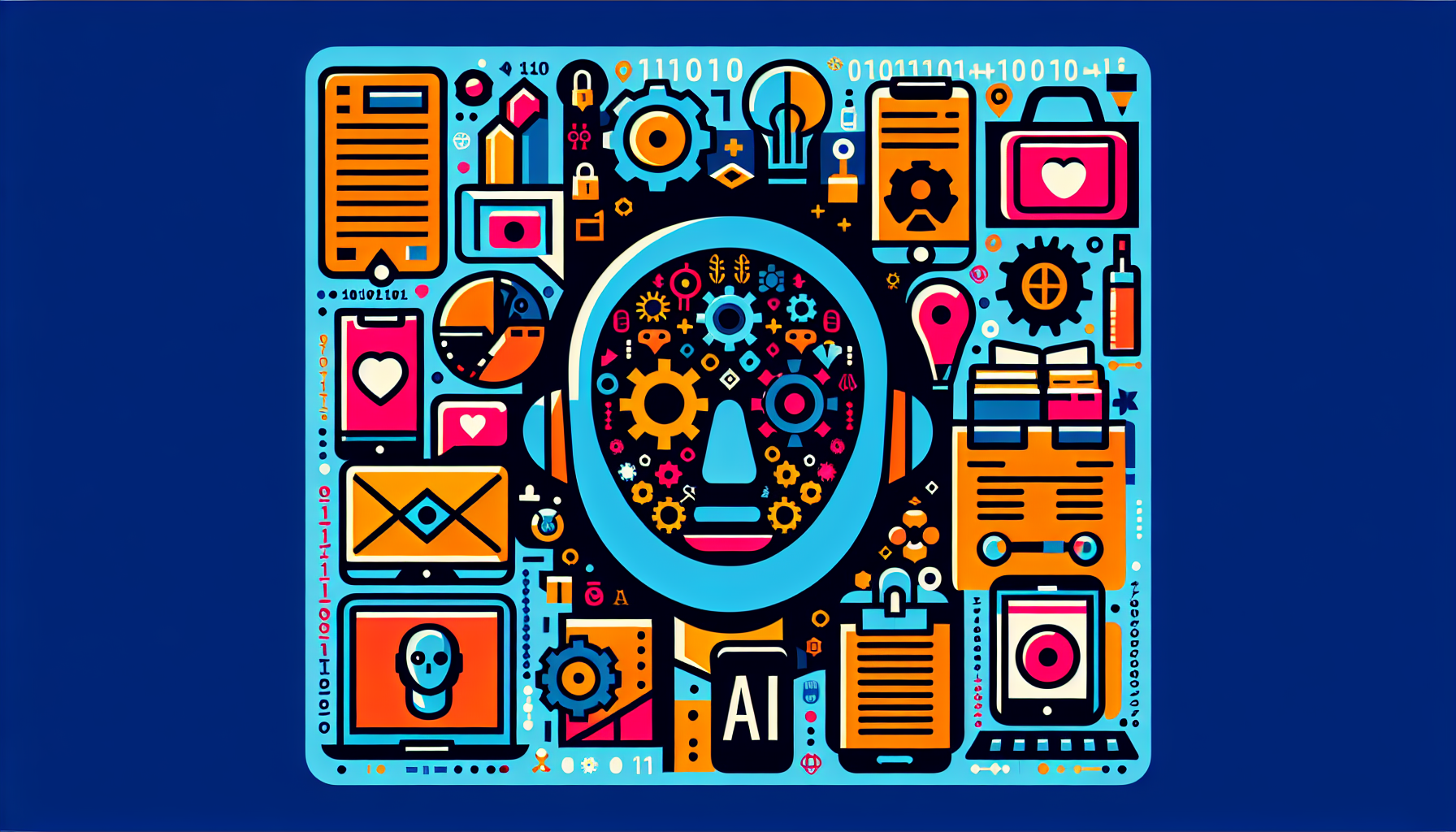In recent years, the educational landscape has undergone a seismic shift, thanks to the advent of Educational Technology (EdTech) and Artificial Intelligence (AI). As classrooms evolve and integrate new learning tools, questions arise about the effectiveness of these technologies. Are they enhancing personalized learning experiences, or are they steering us toward a future dominated by robot teachers? This blog explores these two sides of the EdTech and AI debate, examining how these innovations can reshape education while also considering the potential pitfalls.
The Promise of Personalized Learning
Personalized learning has emerged as a buzzword in the educational sector, and for good reason. It emphasizes tailoring the learning experience to meet the individual needs, strengths, and interests of each student. With EdTech tools powered by AI, educators can now analyze data to better understand how students learn and what challenges they face. This data-driven approach allows for a more customized learning journey.
1. Adaptive Learning Platforms: AI-driven adaptive learning platforms, such as DreamBox and Smart Sparrow, assess students’ performance in real-time. These platforms adjust the difficulty of tasks based on a learner’s progress, ensuring that students are neither overwhelmed nor bored. This kind of personalized feedback is invaluable, as it keeps learners engaged and motivated.
2. Learning Analytics: Through AI, teachers can gain insights into student performance, identifying patterns and trends that may indicate areas for intervention. By leveraging learning analytics, educators can provide targeted support, such as additional resources or one-on-one tutoring, to help struggling students.
3. Accessibility: AI can enhance accessibility for students with disabilities. Tools like speech recognition and text-to-speech systems can provide alternative modes of learning, making education more inclusive. Such advancements ensure that personalized learning is not just a privilege for some but a right for all.
The Role of AI in the Classroom
While personalized learning is a significant advantage of integrating AI into education, it is also essential to consider the role AI plays in the classroom. Some critics argue that the increasing reliance on technology can lead to the erosion of the teacher-student relationship. The concern is that as AI takes on more instructional roles, the human element of teaching may be diminished.
1. Automated Grading: AI can streamline administrative tasks such as grading. For instance, platforms like Gradescope use machine learning to grade assignments quickly and fairly. While this efficiency is beneficial, it raises questions about the nuances of human grading, particularly in qualitative subjects. Can a robot truly understand creativity or critical thinking?
2. Virtual Tutors: AI-powered virtual tutors, such as Carnegie Learning’s MATHia, offer students additional help outside of the classroom. These tools can provide explanations and practice problems tailored to individual learning styles. However, the question remains: can an AI tutor replace the empathy, encouragement, and mentorship provided by a human teacher?
3. Data Privacy Concerns: The use of AI in education also raises concerns about data privacy. As schools collect vast amounts of data on student performance, there is a need for stringent regulations to protect this sensitive information. Parents and educators must navigate the balance between leveraging technology for personalized learning and safeguarding student data.
The Human Touch in Education
Despite the advantages that EdTech and AI offer, the importance of the human element in education cannot be overstated. Teachers are not just information dispensers; they are mentors, role models, and emotional support systems for their students. The relationships formed in the classroom play a critical role in the learning process.
1. Emotional Intelligence: Teachers possess emotional intelligence that AI lacks. Understanding when a student is struggling emotionally or socially is crucial in providing the right support. AI cannot replicate this aspect of teaching, which is essential for creating a nurturing learning environment.
2. Cultural Context: Education is not just about imparting knowledge; it is also about understanding cultural contexts. Teachers can draw on their experiences and backgrounds to connect with students in ways that AI cannot. This connection fosters a sense of belonging and community within the classroom.
3. Critical Thinking and Collaboration: The role of teachers in encouraging critical thinking and collaboration is irreplaceable. While AI can provide personalized learning paths, it cannot facilitate the discussions and debates that challenge students to think deeply and work collaboratively. These skills are essential for success in an increasingly complex world.
Striking a Balance
As we navigate the integration of EdTech and AI in education, it is crucial to strike a balance between leveraging technology and preserving the human element of teaching. The future of education should not be a choice between personalized learning and robot teachers but rather a harmonious blend of both.
1. Hybrid Learning Models: Hybrid learning models that combine traditional teaching with technology can offer the best of both worlds. Teachers can use AI tools to enhance their instruction while still providing the emotional support and guidance that students need.
2. Professional Development: Educators must be trained to effectively integrate AI and EdTech into their teaching practices. Professional development programs should focus on how to use technology as a tool to enhance, rather than replace, the teacher-student relationship.
3. Community Involvement: Engaging parents and communities in the conversation about EdTech and AI is vital. By understanding the benefits and challenges of these technologies, stakeholders can work together to create a supportive environment for students.
Conclusion
EdTech and AI hold significant promise for revolutionizing education, offering personalized learning experiences that cater to individual student needs. However, the role of teachers as mentors, guides, and emotional support systems remains irreplaceable. The future of education lies in finding a balance between harnessing the power of technology and preserving the human touch that is essential for effective learning. As we continue to explore this evolving landscape, we must prioritize the well-being and growth of our students above all else.
In summary, the journey towards integrating EdTech and AI into education is not simply about creating robot teachers but about enhancing the learning experience through personalized approaches while maintaining the invaluable role of human educators.

Leave a Reply